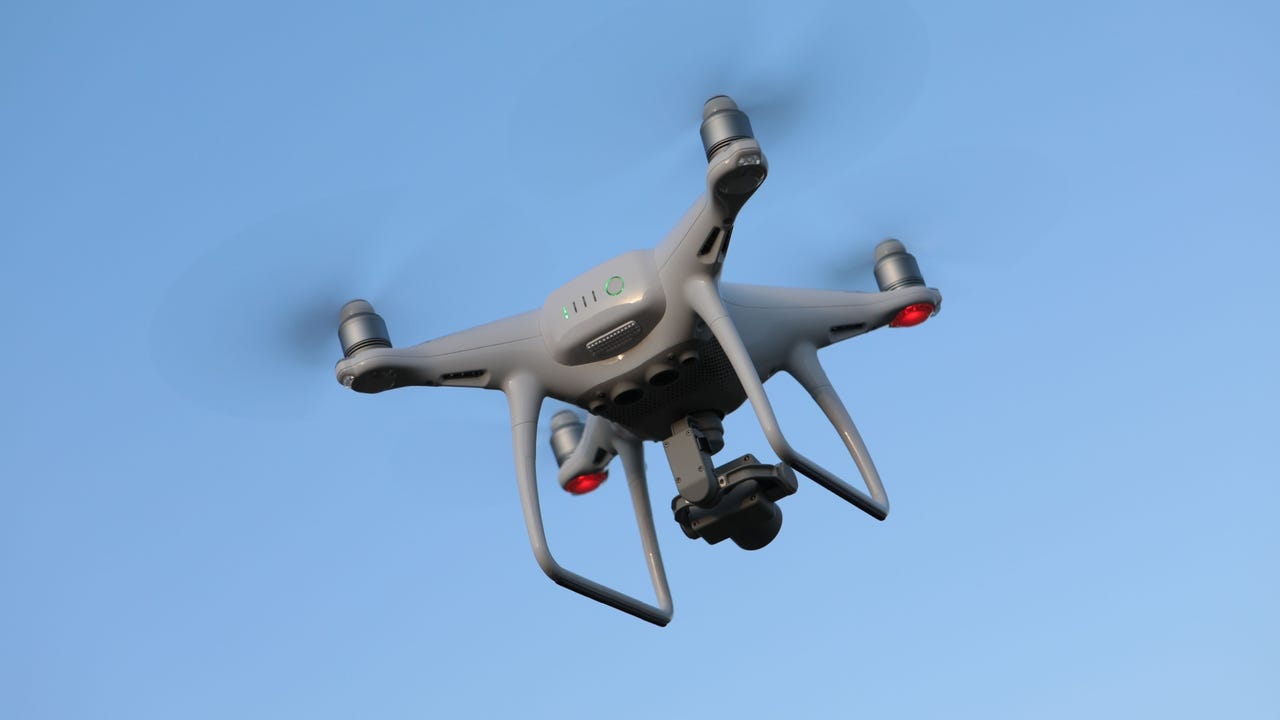You Wouldn’t Download a Helmet?
Odds are, if you have ridden a bicycle for any amount of time, you have crashed. Crashes are fast, violent and chaotic events that leave you confused, and very glad …read more


Odds are, if you have ridden a bicycle for any amount of time, you have crashed. Crashes are fast, violent and chaotic events that leave you confused, and very glad to have a helmet. But what if there was another way of protecting your head? [Seth] decided to find out by taking a look at the Hövding airbag helmet.
The Hövding sits around your neck and looks somewhat akin to a neck pillow. It uses accelerometers situated in the fore and aft of the device to detect what it thinks is a crash. If a crash is detected, it will release a charge of compressed helium to inflate an airbag that wraps around the user’s head protecting a larger amount of the head then a traditional helmet. It also inflates around the wearer’s neck providing neck bracing in the impact further improving safety. The inflation process is incredibly fast and violent, very much akin to a car’s airbag. [Seth] demonstrated this on the process on two occasions to great effect, and to his amazement. While the idea of relying on computers to protect your head may sound ridiculous, studies have shown that the Hövding is safer than a regular helmet in certain situations.
Unfortunately the deployment process was irreversible making the product single use. Moreover, the Hövding would deploy in a crash regardless of if you hit your head or not. While Hövding offered a crash replacement at a discount, this would have created large amounts of e-waste.

However, the design is not perfect. During the product’s use there were 27 reports of the device not deploying — particularly when struck by a vehicle. More reports exist of the device deploying erroneously when it detected, for example, bending over too quickly as a crash. It could not meet the US safety standards for helmets and therefore it was never allowed to be sold in the US.
Hövding argued that it was a helmet equivalent and should be exempt from those standards to no avail. Studies suggested that it was not able to properly protect against sharp corner impacts similar to the anvil tests used by the United States as the airbag would bottom out in such circumstances.
Ultimate Hövding’s failure as a business came down to software. As the project continued, scope broadened and the device’s firmware grew more complicated. New features were introduced including USB-C charging, OTA updates and phone crash notifications. However, this also appears to have resulted in a firmware bug that caused some units to not deploy, and were potentially sold this way with Hövding’s knowledge. This led the Swedish Consumer Agency to temporarily ban the product along with a stop-use and recall on all Hövding 3s. While the ban was lifted by a judge, the damage was done, consumer trust in Hövding was gone and they filed for bankruptcy in 2023. Unfortunately, this left the existing customers of the Hövding high and dry, without a working app, update method, or crash replacement program.
Airbags are complex and amazing pieces of safety equipment, and while this is the first bike airbag recall we have covered, it’s not the first airbag recall we have seen.










































































![Apple Unveils Powerful New Accessibility Features for iOS 19 and macOS 16 [Video]](https://www.iclarified.com/images/news/97311/97311/97311-640.jpg)



























-xl.jpg)
















































































.png?#)
.png?#)























































































































![[The AI Show Episode 147]: OpenAI Abandons For-Profit Plan, AI College Cheating Epidemic, Apple Says AI Will Replace Search Engines & HubSpot’s AI-First Scorecard](https://www.marketingaiinstitute.com/hubfs/ep%20147%20cover.png)





























































































































































































































































